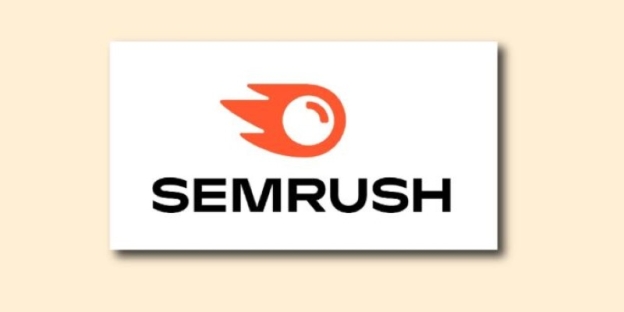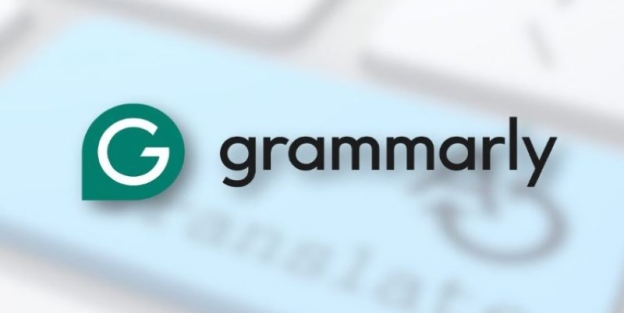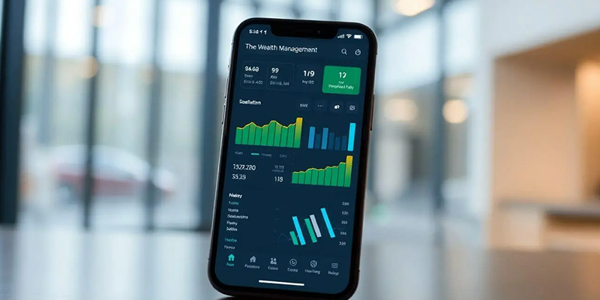General Finance
Personal Loan Vs. Credit Card: Which Is Better For You?
1757645995000
A well-written cover letter can be the difference between landing an interview and having your application overlooked. Employers receive hundreds of applications, and a tailored, clear, and compelling letter makes you stand out.
A well-written cover letter can be the difference between landing an interview and having your application overlooked. Employers receive hundreds of applications, and a tailored, clear, and compelling letter makes you stand out.
This guide walks you through how to craft a cover letter that recruiters read, with examples, salary insights, and tips on where to apply your new skills.
A cover letter doesn’t have to be long. In fact, one page with 3–4 short paragraphs works best. Here’s the ideal structure:
Generic letters don't work. Always customise for the company and role. Recruiters can spot a copy-paste letter instantly.
Practical Tips:
If applying for a digital marketing manager role, highlight your experience in growing organic traffic by 45% using Google Analytics and SEMrush, and explain how this aligns with their goal of expanding online presence.

Employers pay close attention to skills that drive revenue or save costs. Mentioning these in your cover letter boosts your chances. Here are in-demand skills across industries:
Pair your skills with real numbers. Instead of writing “I managed a team,” say “I led a team of 8, increasing project delivery speed by 20%.”
Employers often tie pay to performance. Back up your story with numbers that justify higher salaries.
Examples By Career Field:
Avoid long, formal sentences. Hiring managers prefer short, confident wording.
Weak: I am writing to express my keen interest in the role at your esteemed company.
Strong: I’m excited to apply for the [Job Title] role at [Company Name]. My background in [Skill/Field] makes me a strong fit.
Clarity shows confidence, and confidence attracts attention.
Here’s a practical template you can adapt:
Your Name
Your Address | City, State | Email | Phone
[Date]
Hiring Manager’s Name
Company Name
Company Address
Dear [Hiring Manager’s Name],
I'm applying for the [Job Title] role at [Company Name]. With [X years] of experience in [field], I have consistently delivered measurable results, including [key achievement].
In my most recent role at [Previous Company], I [achievement with data]. These skills align directly with your need for [specific requirement from job posting].
What excites me most about [Company Name] is [reason — culture, mission, product]. I’d be eager to contribute to [specific company goal].
Thank you for your time and consideration. I look forward to discussing how I can contribute to your team.
Sincerely,
[Your Full Name]

Several tools can make the process easier and more effective:
These save time and ensure your letter meets professional standards.
Cover letters matter more in roles where communication and initiative are part of the job. Here are average salaries in the U.S. (Bureau of Labour Statistics & Glassdoor data, 2024):
If you're applying for these roles, a strong cover letter can help you stand out and secure a higher salary.
A cover letter is your chance to go beyond bullet points and connect with the employer. By keeping it short, specific, and results-driven, you’ll show not just what you’ve done, but what you can bring to their business. Use real achievements, adapt your letter to the role, and leverage online tools to polish your writing.
If you’re ready to start applying, download a professional template from Canva, run it through Grammarly, and tailor it with data-driven results. That combination will give you a cover letter that gets noticed—and brings you closer to landing the job and salary you want.
Do you like this article?
General Finance
1757645995000
Mother & baby
1757645852000
Career & Education
1757645874000
General Finance
1757645995000
Fashion
1757645952000
General Finance
1757645995000
Career & Education
1757645873000
Fashion
1757645952000
Fashion
1757645952000
General Finance
1757645995000









